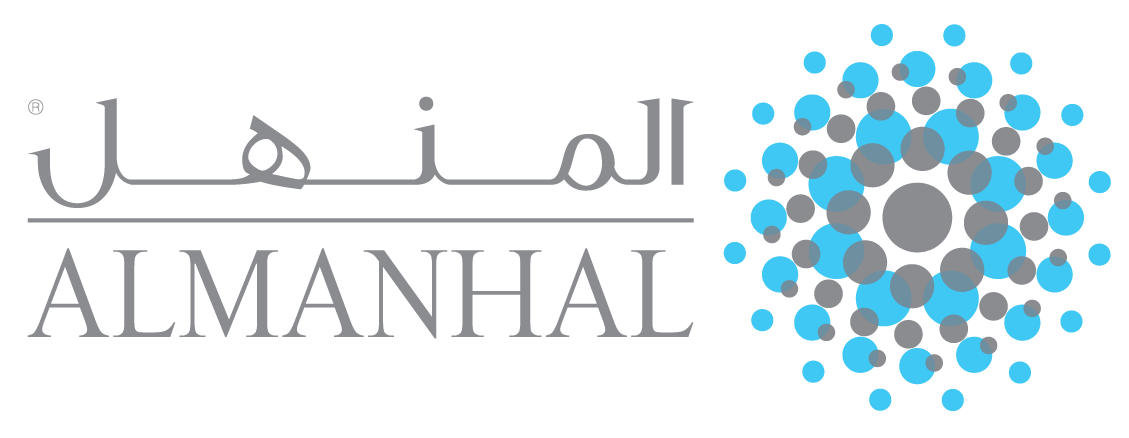Financial Market Risk and Gold Investment in an Emerging Market: The Case of Turkey
DOI:
https://doi.org/10.31436/jif.v6i0.258Keywords:
Turkey, Stock Returns, Gold investment, Gold, Safe haven asset, TARCH modelAbstract
This study aims to identify the opportunity cost of holding gold, in relation to the stock market for case of Turkey. The focus is to detect if gold acts as a safe haven or a hedge asset in times of distress. The Threshold GARCH (TARCH) model was utilized. The analysis used daily data for the period 2005-2014. The data for selling prices of gold was represented by selling prices derived from Precious Metals and Diamonds Markets (PMDM). The returns on Borsa Istanbul (BIS) was employed to represent aggregate prices of stock market investment. It was found that gold has safe haven asset features which shows that gold outperforms the average portfolio during times when stock market faces distress.
Downloads
References
Baur, D. & McDermott, T. (2010). Is gold a safe haven? International evidence. Journal of Banking and Finance, 34(8), 1886-1898.
Cai, J., Cheung, Y.-L., & Wong, M.C.S. (2001). What moves the gold market? Journal of Futures Markets, 21, 257–278.
Capie, F., Mills, T. C., & Wood, G. (2005). Gold as a hedge against the dollar. Journal of International Financial Markets, Institutions and Money, 15(4), 339-352.
Glosten, L. R., Jagannathan, R. & Runkle, D. E. (1993). On the relation between the expected value and the volatility of the normal excess return on stocks. The Journal of Finance, 48(5), 1779-1801.
Harmston, S. (1998). Gold as a Store of Value. World Gold Council Research, 22.
Hillier, D., Draper, P., & Faff, R. (2006). Do precious metals shine? An investment perspective. Financial Analysts Journal, 62(2), 98-106.
Ibrahim, M. (2012). Financial market risk and gold investment in an emerging market: the case of Malaysia. International Journal of Islamic and Middle Eastern Finance and Management, 5(1), 25 – 34.
Koutsoyiannis, A. (1983). A short-run pricing model of a speculative asset tested with data from the gold bullion market. Journal of Applied Economics, 15, 563–582.
Lawrence, C. (2003). Why is Gold Different from Other Assets? An Empirical Investigation. London: World Gold Council.
McCown, J. R. & Zimmerman, J. R. (2006). Is Gold a Zero-Beta Asset? Analysis of the Investment Potential of Precious Metals. Retrieved from: http://ssrn.com/abstract=920496 orhttp://dx.doi.org/10.2139/ssrn.920496.
Melvin, M. & Sultan, J. (1990). South Africa political unrest, oil prices, and the time varying risk premium in the gold futures market. Journal of Futures Markets, 10, 103–112.
Mylchreest, P. (2016). Death of the Gold Market: Reforming the LBMA and the true price of physical gold. Equity & Cross Asset Strategy. Retrieved from http://www.gata.org/files/MylchreestReport-05-2016.pdf.
Smith, G. (2002). London Gold Prices and Stock Prices in Europe and Japan. London: World Gold Council.
WGC (2015). Turkey: Gold in action. World Gold Council, 22 CR. Retrieved from:
http://www.gold.org/supply-and-demand/turkey-gold-in-action.












